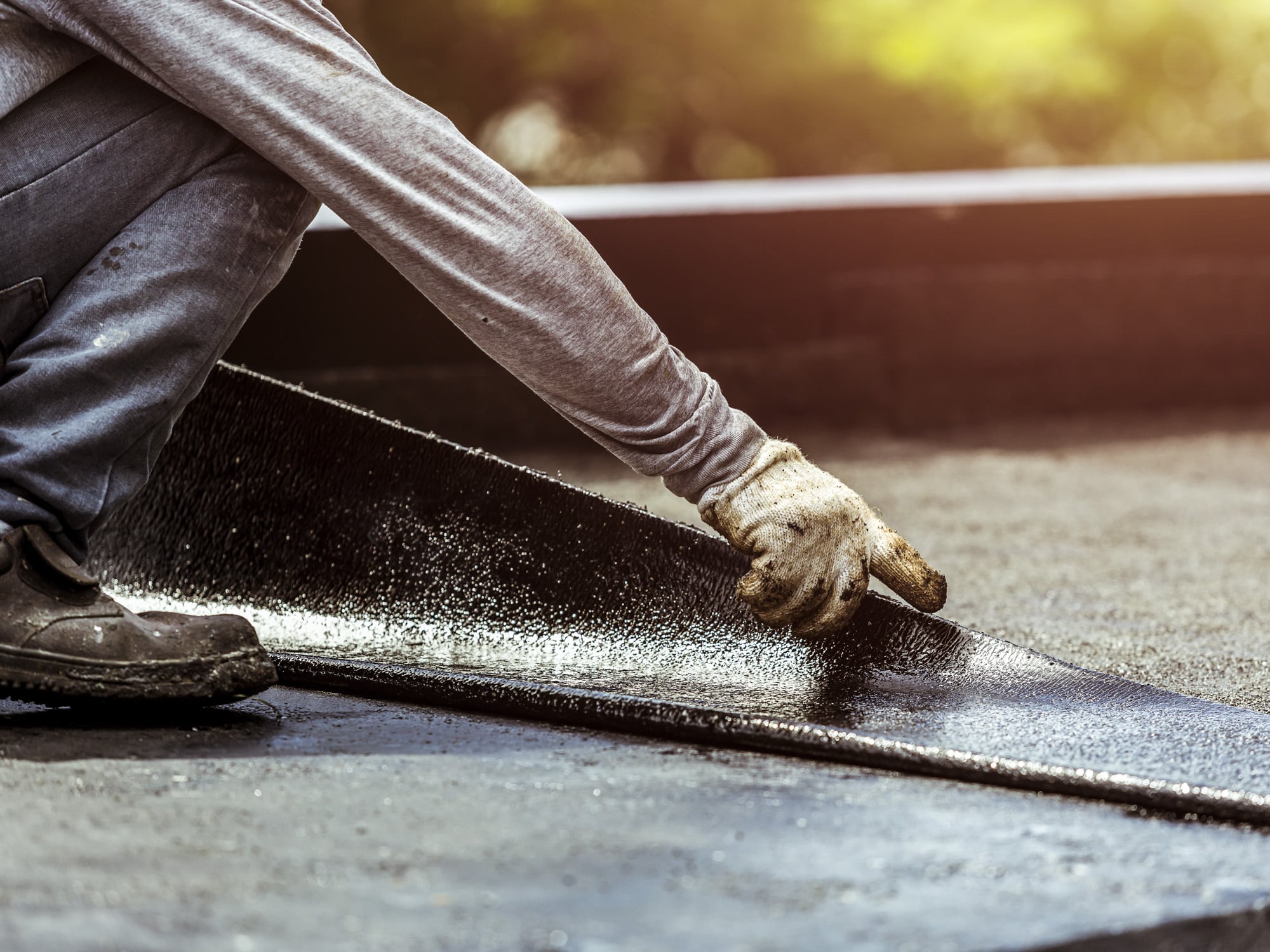Living through a flood can be disastrous, leaving not only physical damage but also emotional stress. Once the floodwaters recede, many property owners and property managers are often confused what to do next. One of the most vital steps in the recovery process is waterproofing. Taking this action not only defends your home from future water intrusion but also protects your investment and ensures the well-being of your family.
Waterproofing is essential for all home and building, as it serves as a barrier against moisture that can lead to fungus, mildew, and structural damage. Grasping the various aspects of waterproofing can save you thousands in repairs down the line. Whether you are dealing with a basement that needs protection or a roof that requires attention, understanding how to effectively waterproof your property is crucial to avoiding future issues. In this guide, we will discuss the significance of waterproofing, the indicators that show your property needs it, and the most effective methods for maintaining your space dry and safe.
The Importance of Waterproofing
Waterproofing is a vital aspect of protecting the structure of residential buildings and commercial structures. It acts as a protective barrier against moisture penetration, which can result in major damage over time. Without appropriate waterproofing measures, structures are at vulnerability of suffering from water leaks, mold growth, and foundation issues. These issues can jeopardize a property's safety and drastically lower its value. Therefore, investing in waterproofing should be a major concern for homeowners and builders alike.
Furthermore, the potential financial savings that waterproofing brings is important. Fixing water issues can be exceptionally high-priced, often running into huge amounts of dollars. By adopting efficient waterproofing solutions from the start, property owners can avoid expensive repairs and replacements down the track. This proactive approach not only defends the building but also assists in budgeting and long-term economic planning.
Moreover, waterproofing improves the overall comfort and hygiene of the living environment. Water-related issues often cause unpleasant odors and can create environments favorable for mold infestations, which pose health risks. A properly sealed home ensures better indoor air quality and enhances energy efficiency by preventing unnecessary dampness from impacting insulation and heating systems. In summary, waterproofing is not just about safeguarding your property; it directly affects the quality of life for the occupants.
Popular Moisture-proofing Techniques
A common of the most widely used waterproofing methods is the use of fluid waterproofing membranes. These membranes are commonly made from bitumen or polyurethane and can be used to different surfaces including roofs, walls, and foundations. Following application, they create a seamless barrier that efficiently prevents water infiltration. Liquid membranes can be used for both new constructions and in the case of retrofitting older structures, making them a flexible choice for waterproofing.
Another popular approach is the use of sheet membranes. Such pre-manufactured sheets are usually made from materials like rubberized asphalt or polyethylene. They are applied over surfaces in a method that interlocks joints, providing uninterrupted protection against water penetration. Sheet membranes are particularly effective for waterproofing subsurface applications, such as basement walls, and are preferred for their durability and ease of installation. This method is vital in protecting structures from groundwater and hydrostatic pressure.
For areas that are prone to moisture, such as bathrooms and kitchens, waterproof coatings and paints serve as an effective solution. These coatings are designed to form a waterproof barrier on surfaces, preventing moisture from seeping through. They can be applied to walls, floors, and even ceilings in wet areas. Furthermore, specialized waterproofing products are now available that are designed to resist mold and mildew, making them ideal for conditions where water exposure is frequent.
Choosing the Best Waterproofing Options

Selecting the appropriate waterproofing option for your building is vital to provide effective protection against water damage. Additional resources is to evaluate your particular needs, considering elements like the site of the building, the level of moisture exposure, and past water damage incidents. For example, basements may demand a distinct approach compared to roofs or toilets. Comprehending these factors will lead you to the most appropriate waterproofing strategies and solutions.
Consider the different types of waterproofing accessible, including interior and exterior options. Interior waterproofing is usually less complicated and more affordable, focusing on sealing leaks and stopping moisture intrusion within the home. However, exterior waterproofing may be imperative for long-term protection, particularly in areas prone to flooding. It's essential to consider the pros of each solution and pick one that aligns with your building's specific challenges.
Finally, when in doubt, seeking advice from professionals can be a helpful step. Skilled contractors can examine your case, offer tailored recommendations, and guarantee the chosen waterproofing option is applied accurately. Their expertise can help you prevent common mistakes and provide that your spending in waterproofing results in lasting protection and peace of mind.
